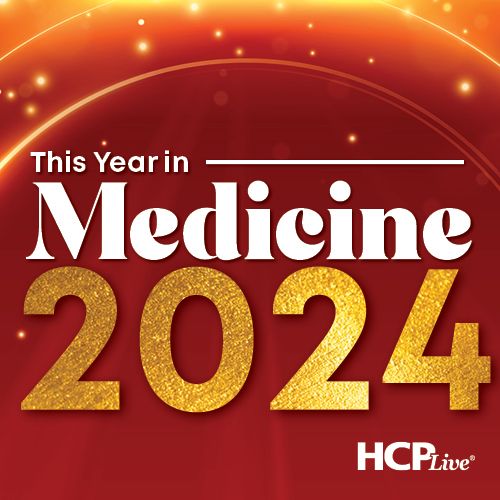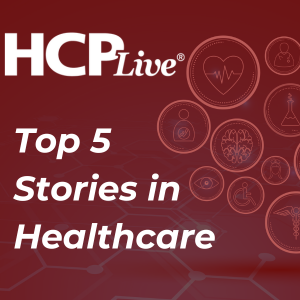Article
Study Finds Substantial Variation in Antiplatelet Use Based on Patient Characteristics
Author(s):
Although oral antiplatelet therapy is broadly supported as preventive therapy for patients with established atherosclerotic vascular disease, researchers say emerging evidence for specific agents shows heterogeneous outcomes by symptomatic vascular bed, and patterns of use may vary by symptomatic territory.

DALLAS, TX — Nov. 19, 2013 – Outcomes for antiplatelet use vary by region and gender, according to a new study reported at the 2013 American Heart Association Scientific Sessions.
“Oral antiplatelet (AP) therapy is broadly supported as preventive therapy for patients with established atherosclerotic vascular disease; however, emerging evidence for specific agents show heterogeneous outcomes by symptomatic vascular bed. Patterns of use may vary by symptomatic territory,” said research fellow Giulia Magnani.
She reported on the study results with lead author David A. Morrow, MD, professor of medicine and lead researcher from the TIMI Study Group, Brigham and Women’s Hospital, Boston, MA, during a poster session at the 2013 AHA Scientific Sessions.
Investigators conducted the analysis to determine if there were socioeconomic risk factors for use or complications.
The current study included 26,449 stable outpatients in the TRA 2° P-TIMI 50 trial, including 17,779 with a history of myocardial infarction (MI), 4,883 with history of ischemic stroke (CVD), and 3,787 with peripheral artery disease (PAD).
Overall, 24,734 (94%) of patients were on aspirin (ASA). In the MI cohort, 17,448 patients (98%) were treated with aspirin; the majority (76%) were treated with dual AP therapy with aspirin and a thienopyridine (DAPT). Within the CVD group, overall AP use was frequent (98%), with the majority on monotherapy (70%) with either ASA (54%) or a thienopyridine (16%).
Of those patients on multi-agent therapy (28%), the combination of ASA and dipyridamole was more frequent then DAPT (19% vs 7%).
Within the PAD group, AP therapy was also frequent (97%) with a similar proportion on monotherapy (69%) with either ASA (60%) or a thienopyridine (9%).
The researchers reported that among patients on multi-agent therapy, DAPT was the most frequently used regimen (28%), followed by the combination of ASA and cilostazol (11%).
“Although atherosclerosis is a systemic disease and data supporting the use of antiplatelet therapy has often evaluated benefit broadly, in practice the distribution of agent and the intensity vary by symptomatic vascular territory,” Magnani said.
“These patterns reflect emerging heterogeneity in outcomes trials evaluating specific therapies by symptomatic bed and support further evaluation of the risks and benefits in these specific populations,” she concluded.





